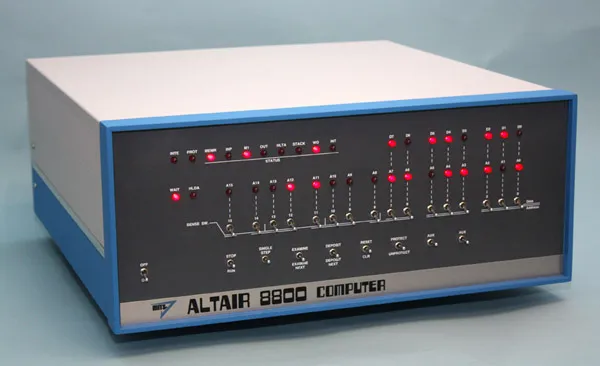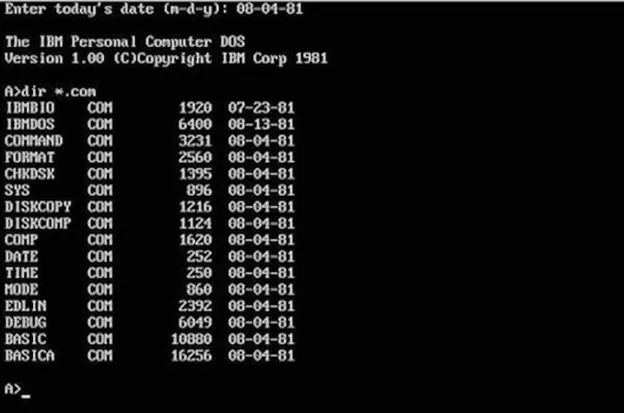I had the idea of writing a weekly series about exploring things people sometimes take for granted and never really questioned. I got the idea from observing things that I took at face value in my own life without question it. I would like to dig a little deeper into some of these subjects.
Have you ever wonder wondered why the hard drive is known as the C: drive? On my computer I have C, D, and E drives. Why don’t they start with A and B?
To find the answer we must go back to the start of the Personal Computer (PC) with the 1975 release of the Altair 8800, a hobbyist computer that needed an Operating System (OS). There was a small software company called Micro-Soft (would later become Microsoft) that sold Altair the much-needed OS. There was a problem, Micro-Soft did not have an OS to sell. At this period of time there were many OS and one of the most popular was (Control Program for Microcomputers) CP/M from Digital Research. Most people of the day thought that CP/M would be huge. In fact, there were a few points in history where that may have been the case if certain events would have gone differently. Micro-Soft ended up writing an OS they call MS-DOS which is highly inspired from CP/M—Down to the way they name the drives.
So where is the A drive?
While have been Harddrives around since the 50’s, at a price of thousands of dollars per megabyte, the consumer market would have to wait. The Altair had no storage medium. A user would run a program and when the computer was powered down the program would be lost. Here comes the floppy drive came to the rescue. With this new drive, users can store their programs on a disk and load their programs to memory when ready. In fact, this is how the OS was usually loaded. As can be seen below, the way to access the floppy disk would be to go to the A drive.
Some computers would allow up to 2 floppy drives per computer an A and B drive and when HDs became more popular it would be assigned the C drive. If the user would have one floppy and a HD it would be assigned A and C respectively by the OS. Later versions of Windows would inherit this convention. Of course, this could be altered by the user, but these are the default values. Hope you guys enjoyed reading about this subject. If there are any other technical subjects that you would like to see me write about, please let me know

